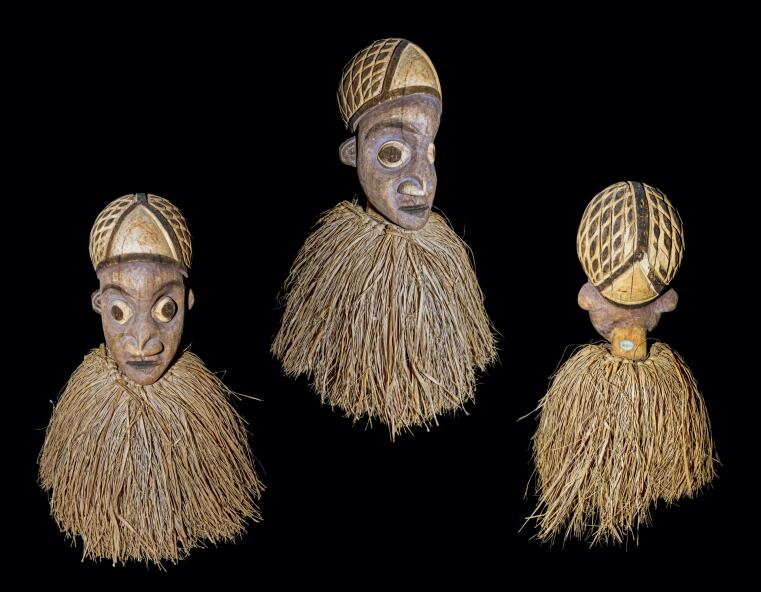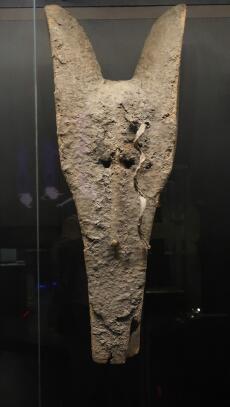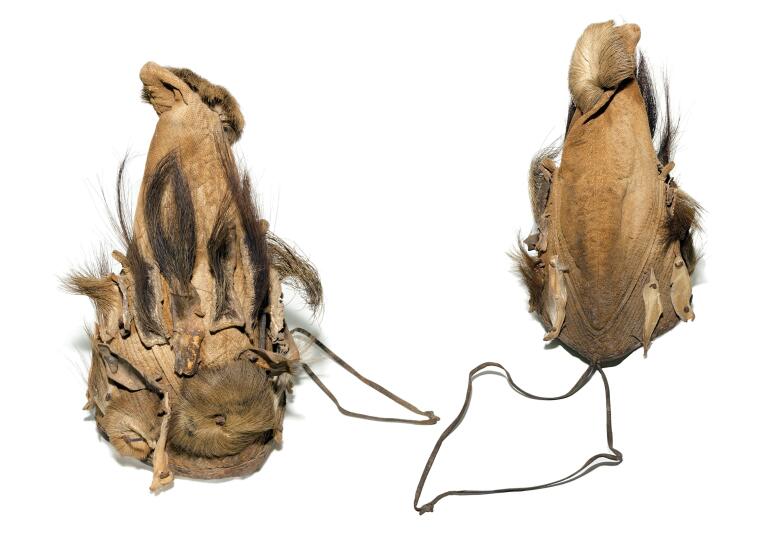On the versatility of masks in African societies
By social anthropologist Dorothea Schulz

Unlike the masks that we are currently obliged to wear, the meanings and effects ascribed in African societies to “masks” worn in various ritual contexts indicate that all these elements of covering for the head and face do not have their own intrinsic meaning, but rather derive this meaning from the social context in which they are used. There is a striking parallel here to the Muslim veiling of head (and sometimes body), which is debated in the German public domain under the terms “veil” and “headscarf”: while many devout Muslim women wear forms of partial body covering (which vary according to region and society) as a lived, daily practice of their submission to the will of God, “the veil” is often read in European society as a sign of female “oppression”, or as an exhibition of religious “identity” interpreted as an attack on the secular self-understanding of European states.

The same applies to the objects associated historically with ritual practice, which, having been imported from sub-Saharan Africa since the end of the 19th century in the context of “expeditions”, colonial conquest, Christian missionary activity, and tourist ventures, are now exhibited as “artefacts”, i.e. “works of art”, in museums of “ethnology”. These objects were often intended in their original ritual use only for specific groups of spectators and specific occasions, were associated with secret knowledge, and were often intended to evoke feelings of fear, respect and awe. The display of “masks” was not limited to visual communication, but was combined with dance, singing and rhythmic background music. The primary function of these masks, which were made of a combination of wood, leather, feathers, and other materials, was to involve spectators and listeners in ritual processes, and not to facilitate distanced admiration. In Europe and North America, on the other hand, “masks” are isolated in museums, kept behind glass panes and on a small structure that reinforces the “artistic character” of the object, and are made accessible to a broad interested public for aesthetic edification and artistic inspiration.
The flipside of reinterpreting masks in terms not of ritual but of “art” is evident in Africa, where masks have become the object of a flourishing (and sometimes illegal) trade in “art” objects, which are evaluated according to categories such as “traditional”, “authentic” and “tourist art”, and classified in terms of their market value. These conventional forms of face concealment have little to do with the protective masks that many African governments introduced months ago as a compulsory face cover in public places. This is evident from the nicknames that are used for such a mask and its wearers, and that suggest that the Covid-19 face mask is primarily seen as an intervention in communication and social interaction (see my blog entry “social distance”), since, like a “traditional mask”, it makes it difficult to tell the identity of the wearer.


